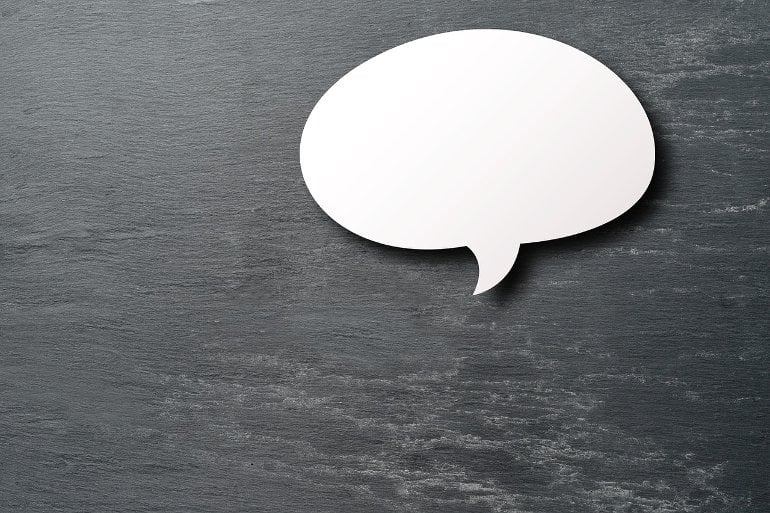Summary: Ultrasound recordings of Gaelic speakers shed light on how speakers move their tongues backward and forwards in order to produce specific sounds.
Source: Lancaster University
The first publicly available ultrasound recordings of Gaelic give a previously unseen perspective on tongue shapes used while speaking the language.
These recordings are now available on a new website section called ‘Teangannan na Gàidhlig’ (‘Gaelic Tongues’).
A research team, led by Lancaster University, made video recordings of people’s tongues while they spoke Gaelic and Western-Isles English to investigate what kinds of movements are used to produce different consonants.
Using ultrasound, they were able to get a side profile image of the tongue inside the mouth while people were speaking.
A selection of the videos are now available in a new section of a website dedicated to videos of speech sounds, Seeing Speech, created by speech and language experts at the University of Glasgow and Queen Margaret University, Edinburgh.
The research presents full speed and slow-motion ultrasound videos featuring a selection of Gaelic ‘l’, ‘n’ and ‘r’ sounds. Videos of English ‘l’ and ‘r’ sounds were made for comparison.
Gaelic ‘l’, ‘n’ and ‘r’ sounds are quite unusual compared to other languages as there are three different kinds of ‘l’, three different ‘n’s and three ‘r’ sounds.
The research shows how speakers moved their tongue forwards or backwards to produce the differences between sounds.

The project was led by Dr Claire Nance (Lancaster University), working with Sam Kirkham (Lancaster University).
The videos were made by Lancaster University’s Di Wang with support from Eleanor Lawson (Queen Margaret University).
The Gaelic section was added to the Seeing Speech website with help from Eleanor Lawson (Queen Margaret University), Jane Stuart-Smith (University of Glasgow), and technical knowledge from Brian Aitken (University of Glasgow).
This project was funded by an ESRC Impact Acceleration Account (Lancaster University), with support from Marsaili MacLeod (University of the Highlands and Islands).
Dr Claire Nance said: “These recordings give a fascinating view inside the mouth while people are speaking. It’s really important to understand the details of Gaelic speech sounds so that we can support Gaelic learning and teaching and document the language. We would like to thank BBC Alba, BBC Radio nan Gàidheal, and Comhairle nan Eilean Siar, who have all helped us collect the data.”
About this neuroimaging and speech research news
Author: Anne Rothwell
Source: Lancaster University
Contact: Anne Rothwell – Lancaster University
Image: The image is in the public domain






